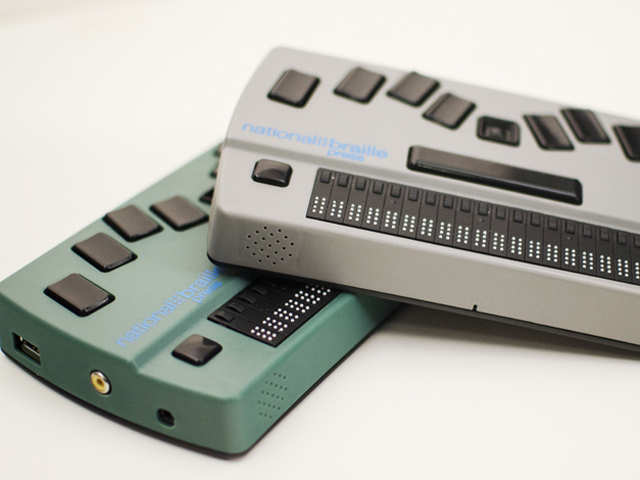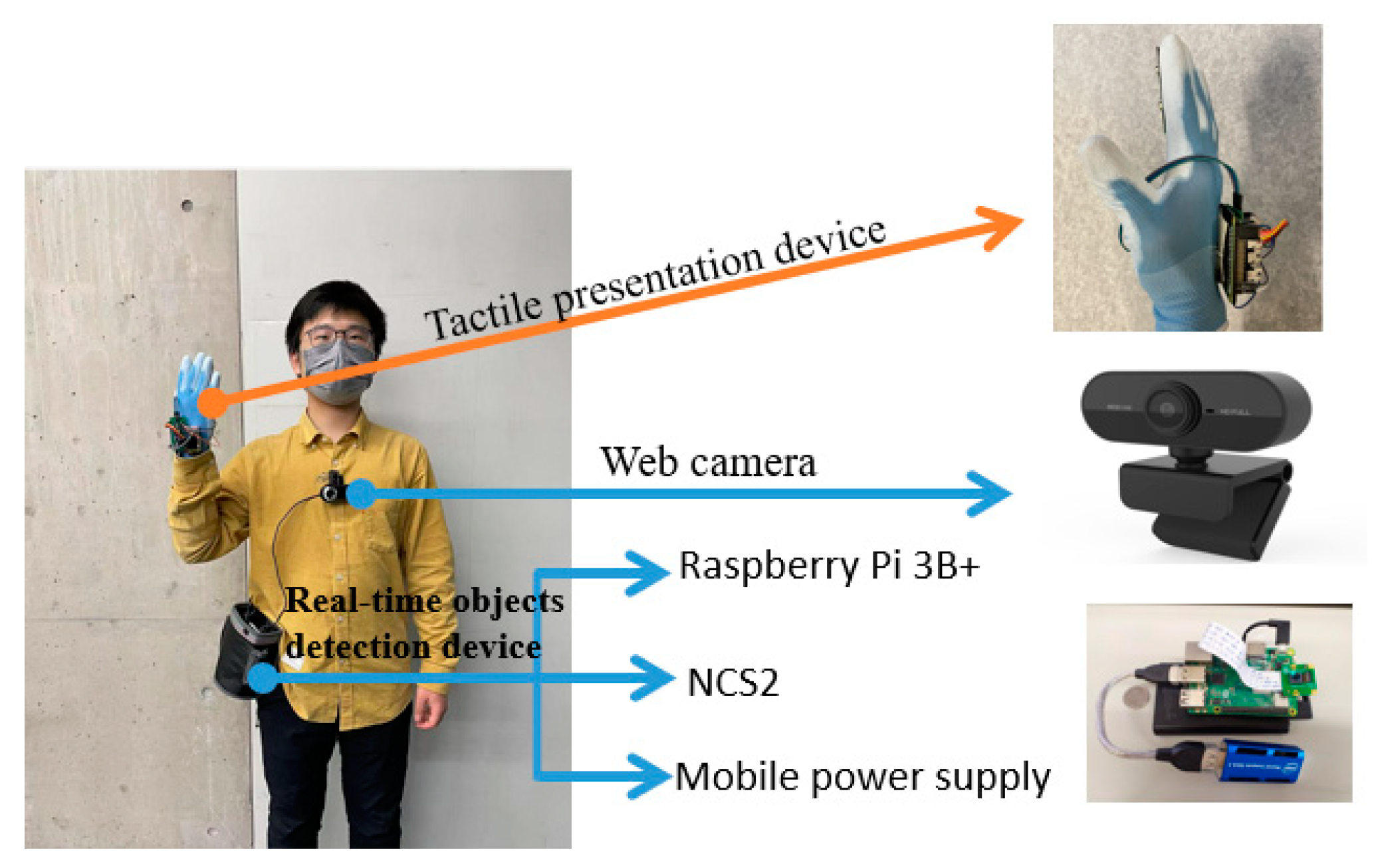AI-Powered Visual Aids: Enhancing Independence for Blind Users
AI-Powered Visual Aids: Enhancing Independence for Blind Users
Blog Article
Enhancing Lives With Advanced Assistive Devices for the Blind
The assimilation of advanced assistive devices for the blind is transforming exactly how individuals experience their surroundings and communicate with their areas. What does this advancement imply for the future of assistive innovation and its role in equipping individuals?
Summary of Assistive Instruments
Assistive tools for the blind include a diverse series of modern technologies and tools created to enhance independence and boost the high quality of life for people with visual problems. These gadgets deal with different requirements, from navigating and wheelchair to communication and everyday task administration.
Among the main classifications of assistive devices consists of flexibility help, such as white walking canes and overview canines, which aid individuals navigate their surroundings safely. Digital traveling aids, furnished with sensing units and audio responses, likewise play a substantial role in movement enhancement.
Furthermore, devices that help with day-to-day living tasks, such as flexible kitchen devices, Braille tags, and chatting watches, empower people to perform jobs separately. Interaction help, consisting of display visitors and Braille display screens, promote access to info and enable people to involve properly with the digital world.
In addition, low-tech remedies like magnifying glasses and large-print products continue to be important for several users. Collectively, these assistive gadgets offer not only as useful tools however additionally as vital enablers of freedom, fostering better participation in a world that frequently prioritizes sighted experiences. Their combination right into daily life is necessary for advertising inclusivity and improving general well-being for those with visual disabilities.
Innovative Technologies being used
Development in modern technology has actually considerably changed the landscape of devices offered for people with aesthetic disabilities. Amongst one of the most remarkable advancements are smart glasses integrated with augmented reality, which provide real-time navigation assistance and things acknowledgment. These gadgets utilize progressed electronic cameras and expert system to deliver auditory cues, boosting the individual's spatial recognition and autonomy.
Furthermore, mobile applications have arised as effective sources, making it possible for customers to recognize money, checked out message out loud, and navigate unfamiliar settings through spoken instructions. Tools such as Braille display screens and refreshable Braille gadgets continue to advance, providing seamless connection with smart devices and computers, consequently enhancing interaction and accessibility to info.
Wearable technology, consisting of smartwatches equipped with voice-activated attributes, additionally equips users by assisting in quick access to alerts and informs without calling for aesthetic engagement. Responsive maps and 3D printing are likewise getting traction, supplying concrete depictions of rooms that help in orientation and flexibility training.
Collectively, these ingenious modern technologies not only boost the everyday lives of aesthetically impaired people but likewise foster better self-reliance, inclusivity, and interaction with the more comprehensive area, thus reshaping perceptions of accessibility. (Speech-to-text devices for low vision)
Individual Stories of Empowerment
Empowerment usually arises from individual experiences that highlight the transformative influence of technology on people with aesthetic impairments. Take, for circumstances, the story of Sarah, a young musician that regained her passion for painting via using a wise walking cane equipped with barrier detection. This gadget not only facilitated her wheelchair however instilled a newly found confidence, allowing her to browse public rooms individually and pursue her imaginative undertakings.

These stories highlight the profound results that progressed assistive devices can carry everyday life. By making it possible for people to overcome obstacles, innovation fosters a feeling of autonomy and self-regard. Such empowerment tales function as a testimony to the possibility of advancement, showing how the right tools can significantly boost high quality of life and open doors to new opportunities for those with visual disabilities.
Benefits of Advanced Solutions
The combination of innovative technology into assistive devices significantly changes everyday experiences for those impacted by vision loss. OCR devices for the blind. Devices such as smart walking canes outfitted with sensing units, navigation applications, and wearable innovation are developed to offer real-time feedback, improving spatial awareness and reducing the risks connected with movement.
In addition, progressed assistive innovations foster social addition by helping with interaction and communication. Voice-activated gadgets and applications enable people to access details and engage with their surroundings independently, damaging barriers that formerly prevented their involvement in academic, specialist, and social settings.
In enhancement, the customization and flexibility of these services accommodate the diverse requirements of users, consequently enhancing their overall lifestyle. Boosted functionality, such as item acknowledgment and text-to-speech capabilities, encourages individuals with aesthetic problems to perform tasks that they may have once discovered testing. Inevitably, advanced assistive modern technologies not only improve independence and safety yet additionally promote dignity and self-worth, permitting users to lead satisfying lives.
Future Fads in Assistive Tech
As technology remains to evolve, the landscape of assistive tools for the blind is poised for exceptional innovations that will certainly better enhance accessibility and independence. Arising fads in assistive technology indicate a shift toward boosted assimilation of fabricated intelligence (AI) and equipment discovering, making it possible for gadgets to adjust to individual customer requires in real-time. These developments are anticipated to promote even more intuitive navigation systems that can determine barriers and provide audio responses, significantly boosting exterior flexibility.
Furthermore, the development of wearable technology, such as clever glasses outfitted with augmented fact, will certainly allow individuals to get contextual details about their surroundings, thus enriching their spatial awareness. Developments in haptic innovation guarantee to develop responsive comments tools, permitting customers to perceive info through touch, improving have a peek here discovering and interaction with their setting.
Telecommunication breakthroughs are additionally paving the way for remote assistance solutions, where trained professionals can offer advice by means of video phone calls, ensuring support is readily obtainable. As these trends unravel, the future of assistive devices for the blind will unquestionably promote greater autonomy, encouraging people to navigate their globe with confidence and convenience.

Conclusion
The combination of advanced assistive tools for the blind stands for a considerable development in promoting independence and boosting lifestyle. By making use of innovative innovations, these devices equip customers to browse their environments with greater self-confidence and autonomy. As the field remains to progress, recurring research study and growth will likely yield a lot more sophisticated remedies, additionally transforming the lived experiences of people with visual problems and promoting a greater sense of incorporation within society.
The assimilation of sophisticated assistive tools for the blind is changing how individuals experience their surroundings and check my reference connect with their communities. The assimilation of advanced modern technology right into assistive devices substantially changes day-to-day experiences for those affected by vision loss.As modern technology continues to evolve, the landscape of assistive devices for the blind is poised for amazing precision eye care innovations that will further improve availability and self-reliance. Arising fads in assistive modern technology show a shift towards increased integration of man-made knowledge (AI) and machine discovering, making it possible for devices to adapt to individual customer requires in real-time.The combination of sophisticated assistive devices for the blind represents a considerable innovation in fostering independence and boosting top quality of life.
Report this page